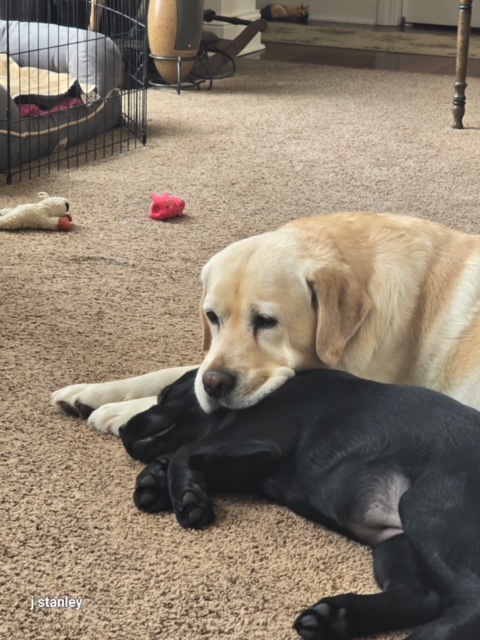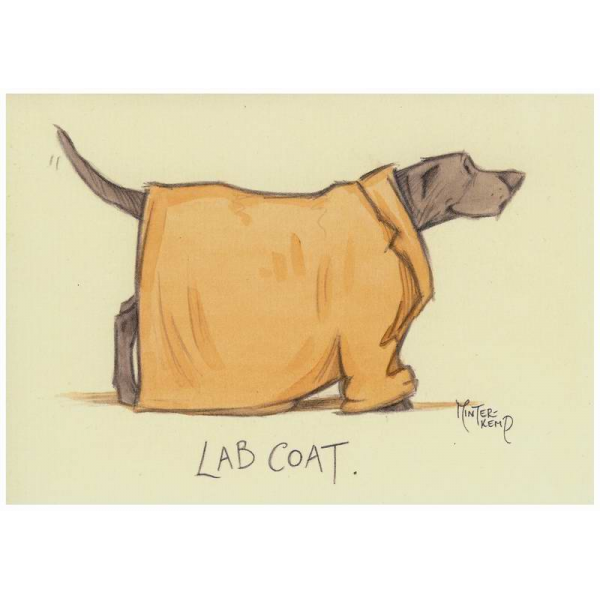Are Essential Oils Safe for Your Dog?
You may have heard about the healing properties of essential oils. Could they have similar effects on our dogs? And which ones are safest for our canine family members?
Essential oils are extracted from plants, and several conditions impact the quality of the oil—the sunlight, altitude, and even how much water a plant receives.
Aromatherapy is the use of essential oils – the concentrated, aromatic oils extracted from plants through distillation, most often by steam. “To get an idea of how precious these oils are, consider how much of the plant is required to produce them: 220 pounds of lavender yield only seven pounds of lavender essential oils,” says the author of The Holistic Dog.
The author of Holistic Aromatherapy for Animals, Kristen Leigh Bell, explains, “Oils that are produced specifically for the aromatherapy industry are typically made with the same care and attention that goes into a fine bottle of wine.”
How can essential oils and aromatherapy help dogs?
Essential oils are known to help with everything from skin irritations to fighting fleas and helping with anxiety. Essential oils are ESPECIALLY effective with skin tags, warts, and abnormal cell growth.
Lavender is popular for dogs because of its calming effects, and peppermint is thought to stimulate circulation and deter insects, for instance, so you will see these oils show up in our product line.
Veterinarians often use essential oils in ways that you probably didn’t even notice when you were there during your last appointment. It’s very new in its acceptance, but since many of them are using them for their family, they realize what a common-sense decision is to see how essential oils can benefit their patients as well.
One recent survey, reports BARK Magazine, reveals that veterinarians use essential oils in disparate ways. “They were diffusing lavender in waiting and exam rooms, using essential oils for odor control, doing light massage with frankincense, blending lemongrass in sweet almond oil for cruciate or joint injuries.”
The important thing is to be sure that the essential oils you are using on your pet are species-appropriate. This is why our products have been formulated by a veterinarian that understands species-appropriate application, animal physiology, and is familiar with how to dilute essential oils for the safety of our pets.
THERAPEUTIC GRADE OILS ARE OF THE HIGHEST QUALITY.
How to use essential oils with your dog
Dr. Janet Roark adds the following precautions about using essential oils with cats or dogs:
- Do not use around eyes, ears, nose, or genitals.
- Exercise caution with pregnant or nursing pets.
- Know your pet’s health status and behavior, and discontinue use if concerns arise.
FROM MEASURINGFLOWER.COM
Note that all of these tips apply to dogs only. In general, essential oils are more dangerous for cats, and you should check with your veterinarian before considering their use with cats. This is why our feline products are specifically blended by a veterinarian taking into consideration safety for cats and only using oils that are safe for them.
More safety tips
Dogs are more sensitive to essential oils than we are, so even if you’re familiar with them for yourself, remember that it’s a different story with your dog. Applying oils “neat” is never recommended, and we discourage you from using DIY recipes from essential oil multi-level marketers who have a “distributor kit” and want to “experiment” on YOUR pet–say, “No!”
- Essential oils should always be diluted before use, even if just inhaling. We have done this for you.
- Only use essential oils with your dogs when needed to address a specific, ongoing, and active concern – not necessarily to “prevent” a health issue.
- Avoid using essential oils with puppies under eight weeks of age.
- Do not use oils in or close to the eyes, in the ears, directly on or close to the nose, on mucous membranes, or in the anal or genital areas.
Symptoms of essential oil poisoning for dogs have included (and usually has only shown up when novices try to use oils on their pets or attempt to use them “neat”):
- Muscle tremors
- Weakness
- Difficulty in walking
- Low body temperature
- Excessive salivation
- Vomiting
- Excessive pawing at the mouth or face
- Drooling
For more, check out this article from VCA Hospitals on essential oil safety for pets. Holistic Aromatherapy for Animals is also an excellent and well-regarded guide.
SHOP OUR CANINE PRODUCTS HERE.
Product Links
-Formulator, Donna Stanley

















Leave a comment